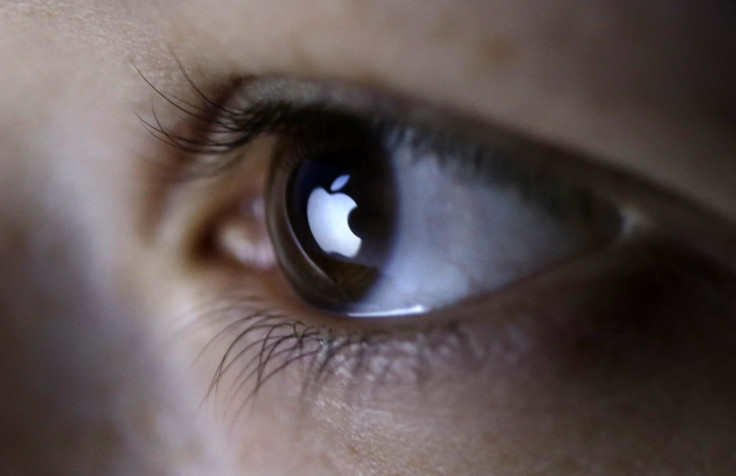Apple Looks To Augmented Reality As Next Venture, Analyst Says

For now, Apple’s main focus is the launch of the Apple Watch on April 24. But in the long run its goal may be developing an augmented reality (AR) device that could succeed where Google Glass failed.
Apple is to said to have a small team tasked with experimenting and researching AR, according to industry contacts speaking to Gene Munster, a senior research analyst at Piper Jaffray. Unlike virtual reality, which fully immerses users in a digital world, augmented reality is meant to overlay digital information on top of things you see in the real world, much like a fighter jet's heads-up display (HUD). AR technology could be used for many applications, such as a navigation overlay, traffic information, points of interest and more.
AR isn’t expected to gain mainstream adoption for at least 10 years, Munster noted. Among the difficulties Apple faces: finding a way to make such wearable technology fashionable and socially acceptable.
It’s one of the many barriers that for years have kept smartwatches from being seen as more than a gimmick. And it’s also one of the reasons Apple has heavily targeted the fashion world by inviting fashion editors to its launch events, showcasing the Watch in Parisian boutiques and even setting up Apple Watch shops in luxury department stores around the world.
Despite the obstacles keeping AR from mainstream adoption, Apple and other firms are continuing to explore the technology. Google attempted the same with its Google Glass public testing project in 2013. But in January, after nearly two years of public trials, it sent the product back to the drawing board. Microsoft also unveiled its own project in January, called HoloLens, a set of AR glasses that project 3D images into the user’s field of vision.
According to a patent granted to Apple in 2012, its experiments with virtual reality and AR technology go back as far as 2006. But as with many of its filed patents, it’s unknown if or when Apple would bring such inventions to market. More recently, the company posted several job listings, looking for experts in developing virtual reality systems.
© Copyright IBTimes 2025. All rights reserved.




















